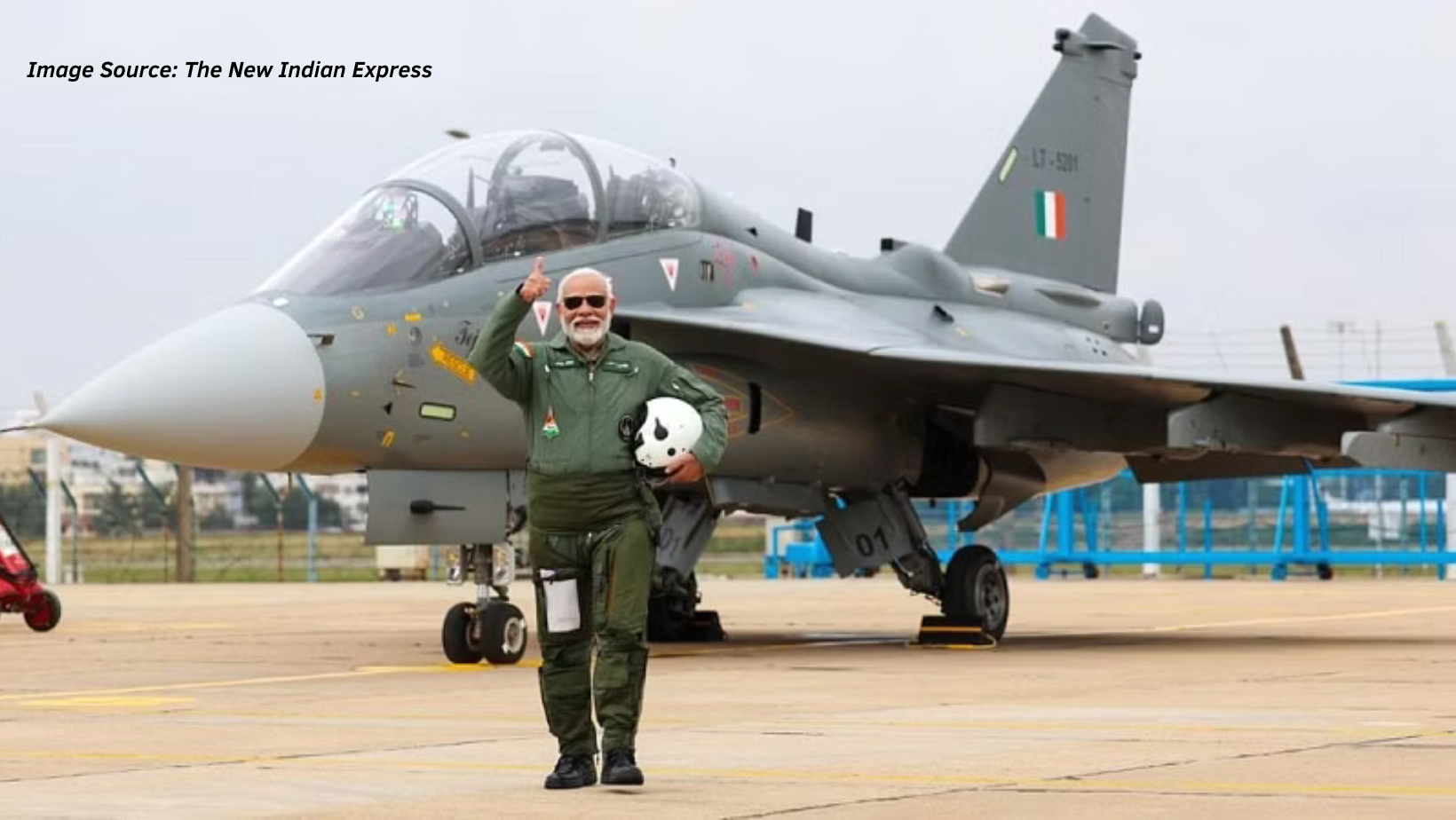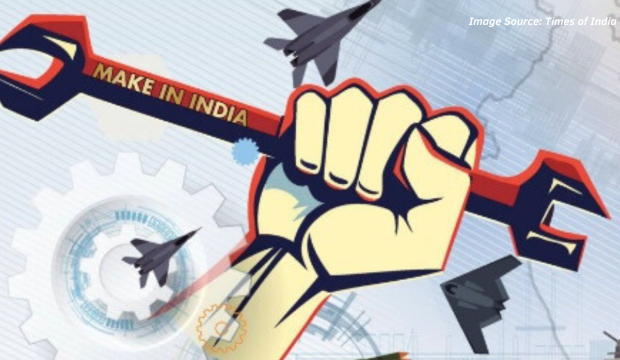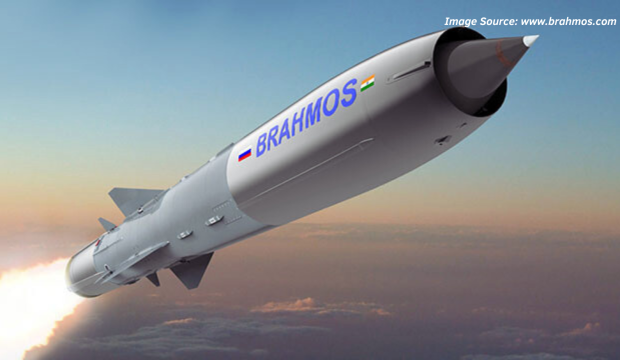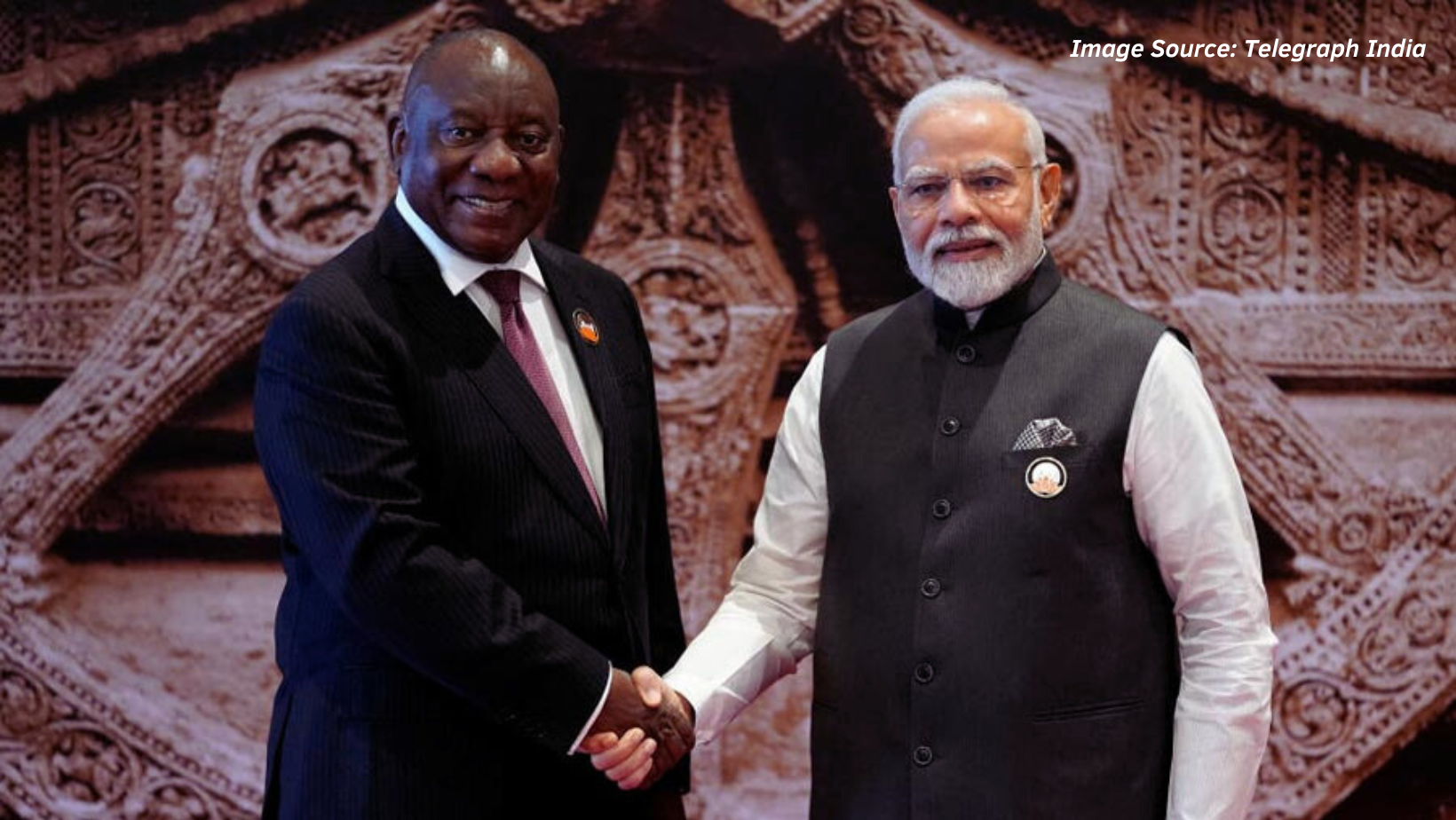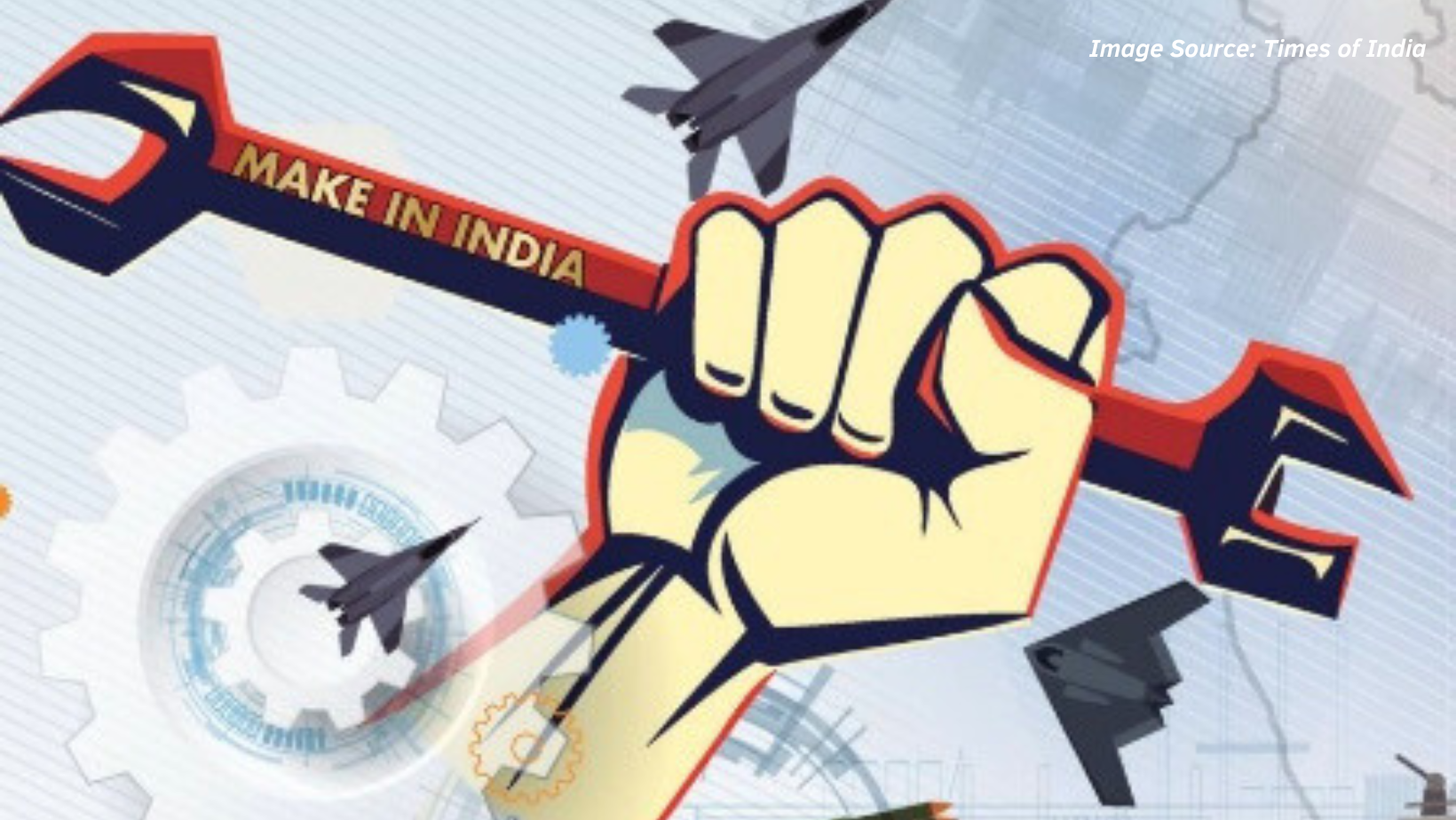Introduction
On November 25, 2023, history was made when Prime Minister Narendra Modi fully kitted in IAF green flying overall, fighter pilot G-suit, wearing aviator glasses and a flying helmet, took to the skies on an indigenous Light Combat Aircraft (LCA) Tejas twin cockpit fighter aircraft. The event was extensively covered by print, electronic and social media. Videos and photographs on ground, through the GoPro camera installed in the cockpit and photography from another aircraft flying in close formation covered the complete event extensively. The event was well orchestrated to offer it the due importance that it deserves.
The sortie by the PM is of great significance because it takes different types of skill sets and physical fitness to be a fighter pilot and the PM at his age displayed a high level of alacrity throughout the sortie. Also, there was a great amount of risk involved in the sortie because the PM was flying in a single engine aircraft, any engine problem would have proved to be critical. It is for this precise reason the even for Republic Day Fly Past and other demonstration etc. a single engine aircraft usually not included. PM’s flight indicates the confidence that the IAF has in the safety record of the Tejas Mk-1 engine (GE-F404).
After the sortie, the PM shared his thoughts on X (formerly Twitter), “Successfully completed a sortie on the Tejas. The experience was incredibly enriching, significantly bolstering my confidence in our country’s indigenous capabilities and leaving me with a renewed sense of pride and optimism about our national potential.”
The event sends a global message that indigenous defence manufacturing has overwhelming support and encouragement from the PM. It provides an appropriate boost to all the stakeholders of Indian Atamnirbhar Bharat campaign.
The complete project has been getting wholehearted support from the IAF. The Chief of the Air Staff (CAS) Air Chief Marshal VR Chaudhari remarked in July this year, said, “Tejas is a flag bearer of IAF’s efforts towards the indigenisation of its fighter fleet and symbolises Indian self reliance in defence aerospace sector”.
The LCA Tejas- Future plans
The first fighter bomber aircraft manufactured by HAL was the HF-24 Marut (‘Spirit of the Tempest’) in the 1960s, with Kurt Tank (a German) as the lead designer. LCA Tejas is designed and developed by the Aeronautical Development Agency (ADA) and manufactured by HAL at Bengaluru.
In 2006, the IAF had placed an order for 20 Tejas at a cost of Rs. 2813 crore and another 20 Tejas in December 2010 at a cost of Rs. 5989 crore. So far the HAL has delivered 32 single engine Tejas Mk-1 aircraft to No. 45 and No. 18 Squadrons of the IAF. These squadrons are fully operational on all its role and this July they have completed seven years of accident free service on Tejas. The first of the twin-seater Tejas Fighter aircraft was delivered in October this year and seven more are in the pipeline.
In 2021, IAF has inked another contract for 83 Tejas Mk-1A at an approximate cost of Rs. 36,468 crore. The first set of LCA Tejas Mk-1A are slated to equip No. 51 Squadron (Sword Arms) located in the north. Delivery of first aircraft are to commence in February 2024 and scheduled to be completed by 2029. In order to arrest the drawdown of IAF fighter squadron due to obsolescence of MiG-21 aircraft, the IAF has projected to accelerate the production. HAL has current capacity to build 8 LCA Tejas aircraft per year. This is being increased to 16 aircraft per annum by 2025. HAL is setting up an additional production capacity at Nashik by re-equipping and modifying Su-30 MKI production lines to ramp up the production rate to further 24 aircraft per annum, by 2025. Consequently, the complete order would be delivered by early 2028 instead of 2029.
Enhancing production rate is all the more important since the IAF is also likely to place an order for additional 97 Tejas Mk-1A at an estimated cost of Rs. 67,000 crore, for which proposal is under urgent consideration by Defence Acquisition Council (DAC) and likely to be approved soon.
Development work of a bigger and significantly more capable Tejas Mk-2 has also commenced with the sanction of Rs. 10,000 crore. First flight is aimed for 2027. IAF is known to be ordering close to 200 Mk-2 aircraft.
The present Indian Content (IC) of Tejas is more than 60 percent. The same is likely to go up once the Tejas starts getting powered by Indian co-produced aeroengines. The Mk-2 engine is required to be of higher thrust. In June this year, India and the US (General Electric) have agreed to initially assemble and progressively co-produce in India the GE-F414 turbofan engine to power the upcoming Tejas Mk-2. This arrangement between the HAL and General Electric of the US is seen as a significant historic milestone. These engines would also power the Advanced Medium Combat Aircraft (AMCA) and the twin Engine Deck-Based Fighter (TEDBF) aircraft, both under design and development by ADA.
GE-F414 is more powerful engine, it will offer the LCA Tejas Mk-2 a substantial operational advantage over the Mk-1A, in that it can carry six tonnes of weapon load and have an endurance of more than two hours. This is likely to be equipped with indigenous Uttam AESA radar, an advance EW suite, an IRST sensor, a new Digital Flight control computer (DFCC) and an advance weapons package comprising of indigenously developed air to air missiles and stand-off weapons, thus making the aircraft much more potent.
Additional orders by the IAF in big numbers indicate faith and trust in the technological capability of the aircraft, its operational employability and impetus to build strategic self reliance.
Operational Deployment & Participation in International Exercises and Displays
The IAF has strategically exhibited the Tejas at various international events, including LIMA-2019 (Malaysia), Dubai Air Show-2021 & 2023, Sri Lanka Air Force anniversary celebrations-2021 and Singapore Air Show-2022, thereby highlighting India’s prowess in aerospace technology.
The IAF had deployed the Tejas in the frontline fighter base at Awantipur in Jammu and Kashmir. The new squadrons under raising are slated to be deployed in the frontline border airfields in northern, western and eastern bases of IAF.
Export Potential
It is noteworthy that the indigenous Light Combat Aircraft (LCA) has drawn the attention and interest of global powers. Many of them have conveyed their intent to buy it. Royal Malaysian Air Force has accorded a positive report on aircraft performance. Botswana, Egypt, Philippines, Argentina and Australian Air Forces have also shown interest in acquiring LCA Tejas.
Presently, HAL is too tied up with the IAF orders, hopefully with an increase in production rate, the aircraft may be able to find new international customers. An operationally satisfied IAF would be a good mascot for Tejas’s and HAL’s technical acumen in the next four to five years.
Raised Expectations
The sortie by the PM would go a long way to encourage and increase the morale of Indian aerospace industry. For sure it will fuel ambitions of Indian military modernisation and indigenisation efforts towards enhancing operational readiness of the IAF.
LCA is emerging as a mainstay of the IAF fighter fleet. Starting from 2024, IAF would see its fighter squadrons getting populated by LCA Tejas Mk-1A and from 2027-28 onwards by LCA Tejas Mk-2. Accordingly, there will also be more twin seater trainer aircraft and simulators getting deployed in various IAF bases for training the younger pilots. The maintenance depots of the aircraft will be getting raised at various Base Repair Depots (BRDs) of the IAF. MRO requirements of various systems and sub-systems would rise a big way.
Being an indigenously designed and developed aircraft, with in-house developed algorithms and having complete knowhow of the flight control systems, it would be operationally efficient to undertake weapon development trials of indigenous weapons and integrate them with this platform with fair amount of technical ease. The case in point is versions of Astra air to air missiles and BrahMos-NG and other such weapons.
HAL has steady advance orders for LCA Tejas in sufficient numbers from the IAF. Onus now is on the HAL and the complete aerospace ecosystem, comprising of 500 plus companies including the MSMEs to deliver to meet the planned schedules to ensure the smooth modernisation of the IAF and help reduce the operational gap vis-à-vis the Chinese Air Force (PLAAF). HAL also has a tough challenge to meet the safety requirements while adhering to the schedule. A tough task no doubt, production of LCA Tejas needs to be steered with highest national priority.



